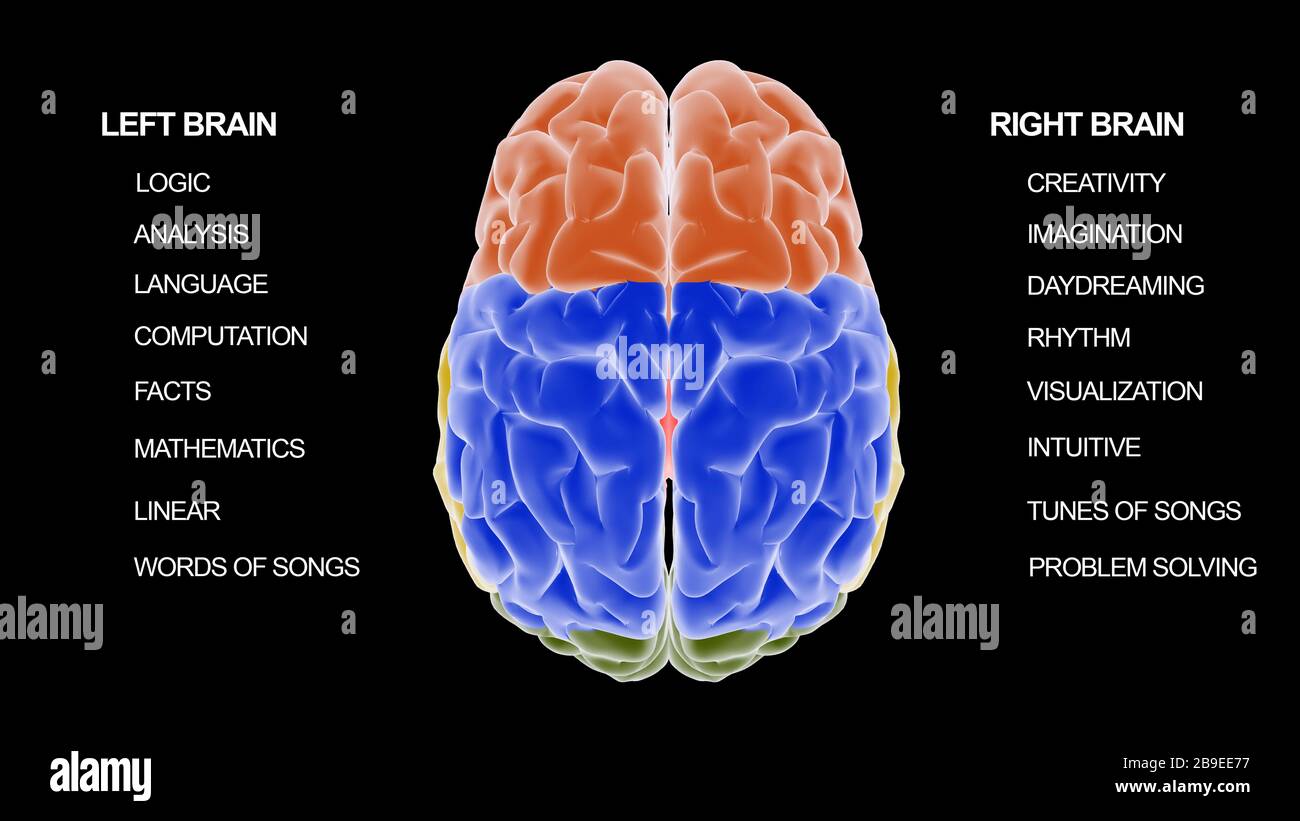

But it should completely reverse in strong left-handers. "If this sword and shield hypothesis is correct," he said, "then three things should follow: Approach motivation should be mediated by the left hemisphere in strong right-handers, as it has been in tons of previous studies. The researchers theorized that approach and avoidance emotions are built on neural systems for approach and avoidance actions. "Your dominant hand gets the thing you want and your nondominant hand pushes away the thing you don't." "You would wield the sword in your dominant hand to make approach-related actions like stabbing your enemy, and use the shield in your nondominant hand to fend off attack," he said. The idea for the researchers' theory, called the "sword and shield" hypothesis, stems from Casasanto's observation that we use our dominant hands for approach-oriented actions, while nondominant hands are used for avoidance movements. The paper's first author, Geoffrey Brookshire, was a doctoral candidate in Casasanto's lab at the University of Chicago and a visiting doctoral student in Casasanto's lab at Cornell. The study, "Approach motivation in human cerebral cortex," appeared June 18 in Philosophical Transactions of the Royal Society B: Biological Sciences. Emotion in the cerebral cortex is built upon neural systems for motor action." The big theoretical shift is, we're saying emotion in the brain isn't its own system. "Approach emotions are smeared over both hemispheres according to the direction and degree of your handedness …. "The old model suggests that each hemisphere is specialized for one type of emotion, but that's not true," Casasanto said.

Even more radical: The location of a person's neural systems for emotion depends on whether they are left-handed, right-handed or somewhere in between, the research shows. That long-standing model is, in fact, reversed in left-handed people, whose emotions like alertness and determination are housed in the right side of their brains, Casasanto suggests in a new study. That simple fact has given us a skewed understanding of how emotion works in the brain, according to Daniel Casasanto, associate professor of human development and of psychology. The neural system for emotions linked to approaching and engaging with the world – like happiness, pride and anger – lives in the left side of the brain, while emotions associated with avoidance – like disgust and fear – are housed in the right.īut those studies were done almost exclusively on right-handed people. Since the 1970s, hundreds of studies have suggested that each hemisphere of the brain is home to a specific type of emotion.


 0 kommentar(er)
0 kommentar(er)
